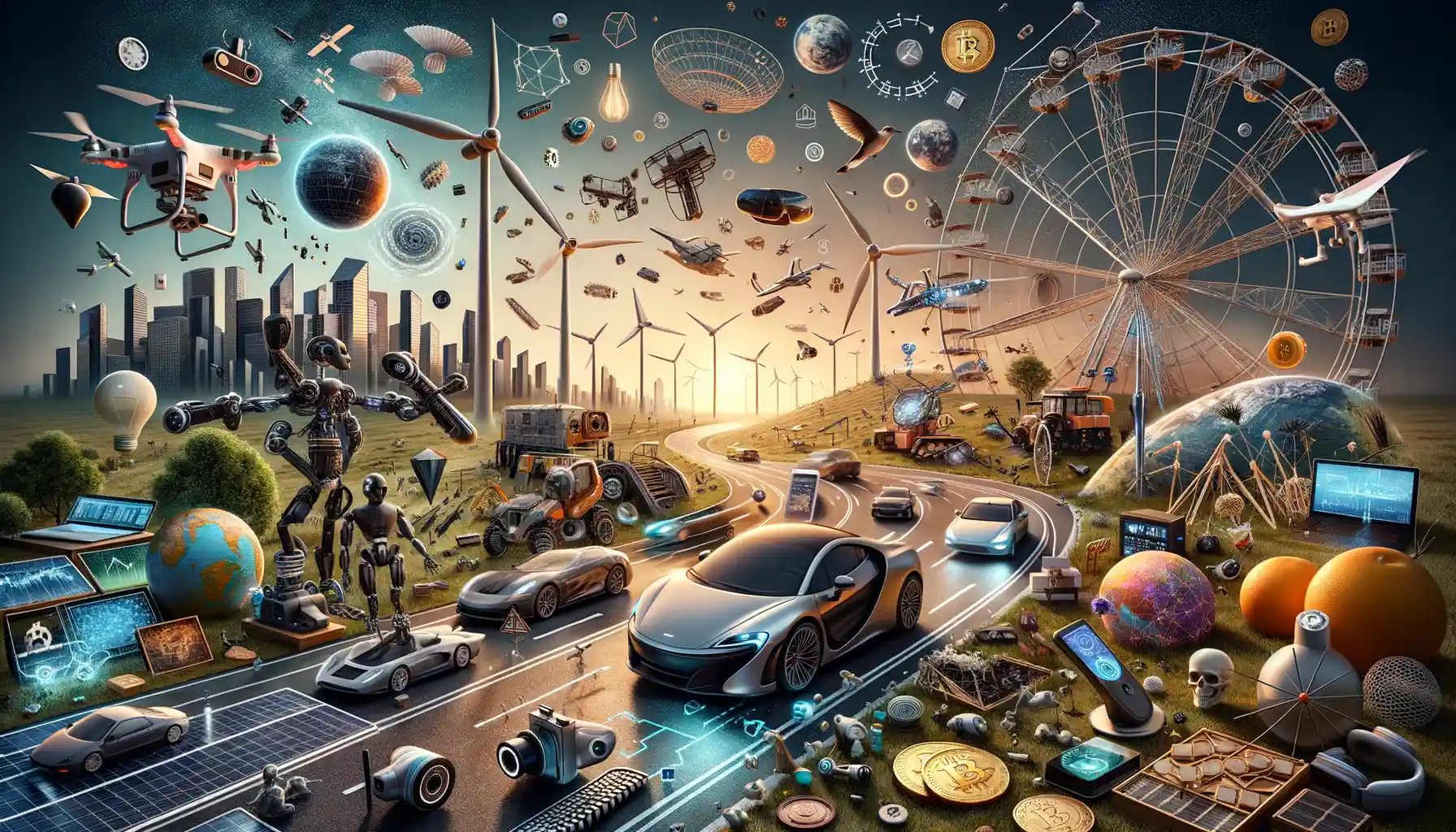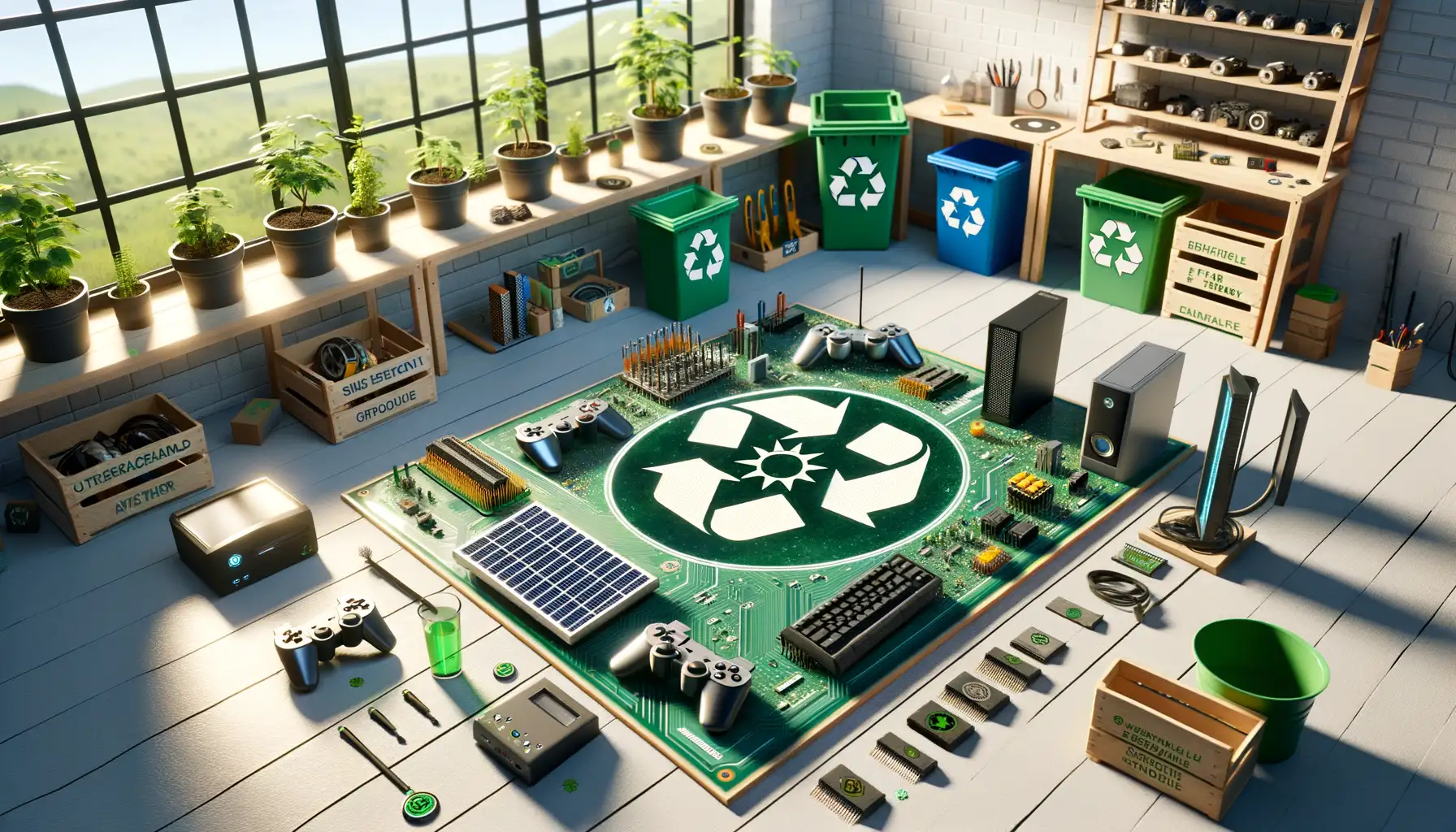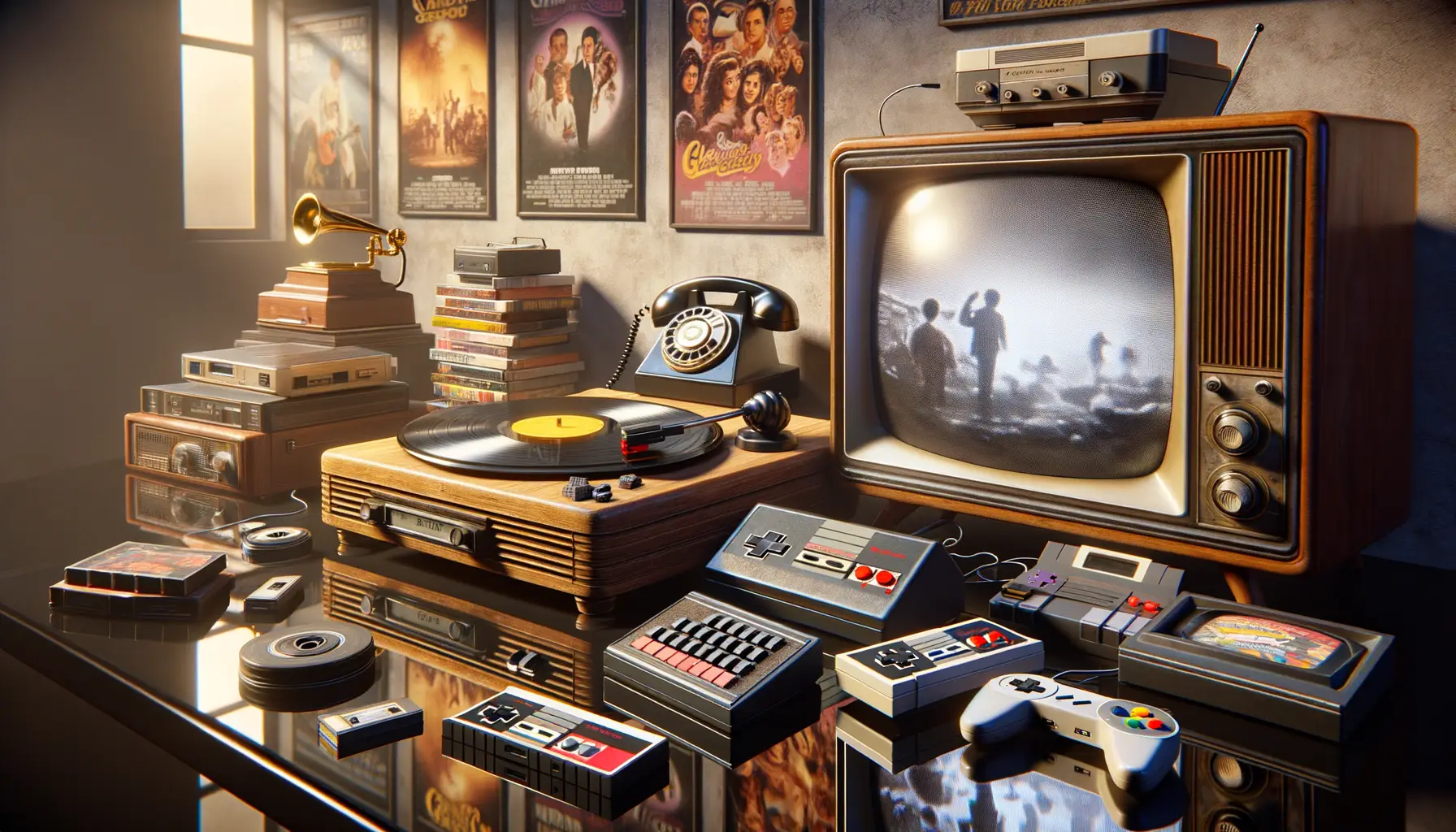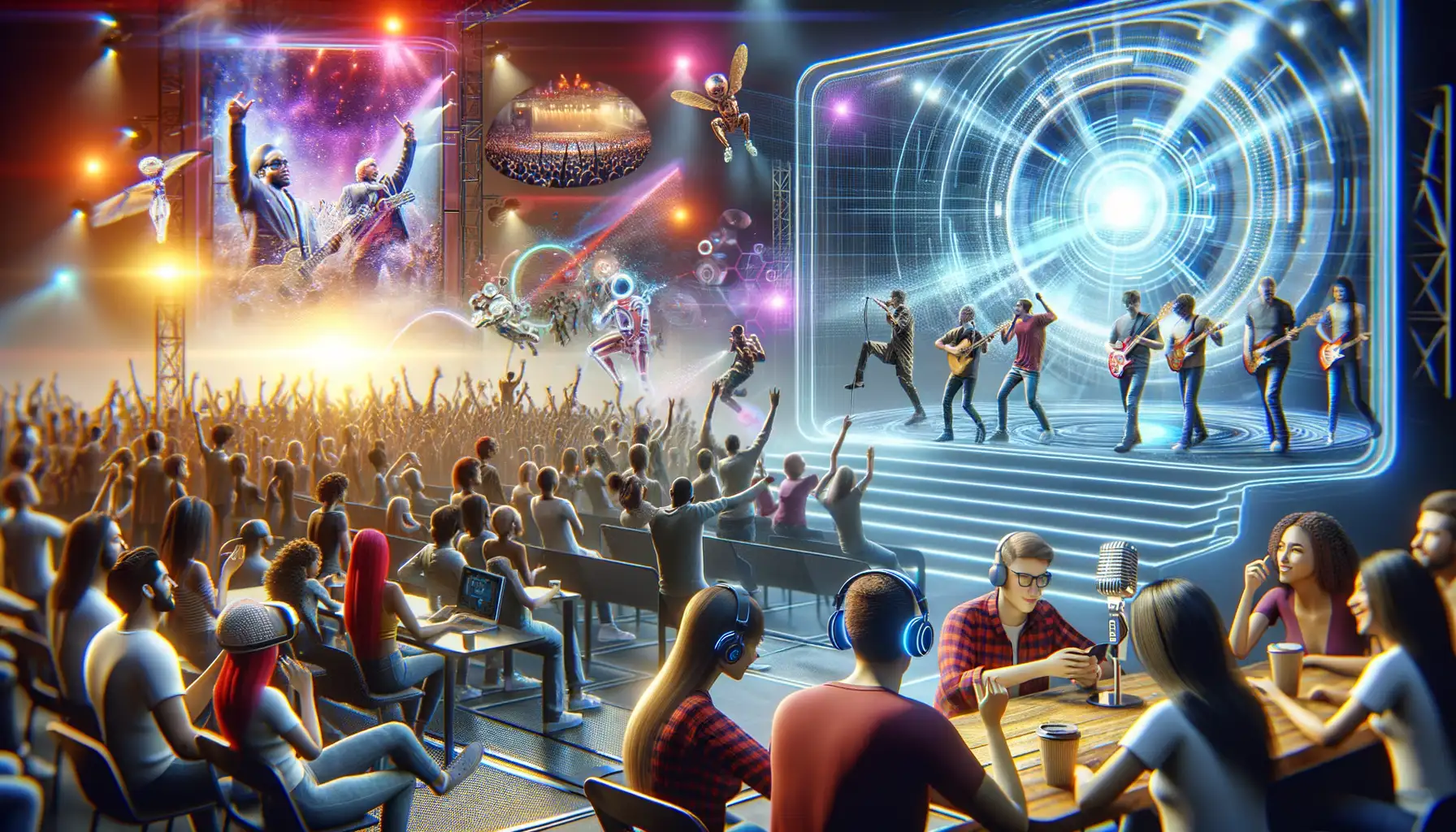Evolving Subcultures in Geek Communities
Where Fandom Meets Identity
Geek communities are no longer just about favorite franchises or debate-filled forums—today, they’re an ever-changing tapestry of subcultures that *feel as alive as the characters on screen*. There’s a growing wave of fans blending their passions with their personal identities, creating spaces that go beyond traditional labels. Think of it as fandom meeting self-expression.
Take the rise of the **“Cottagecore Cosplayers”**, for example. This group combines love for pastoral aesthetics with recreating outfits from beloved games like Stardew Valley or The Legend of Zelda, crafting handmade costumes from sustainable materials. They’re sewing not just garments, but whole worlds of meaning into their creations.
Or consider the niche but passionate movement of “Retro Arcade Archivists”. These are fans dedicated to preserving and restoring vintage arcade cabinets while sprinkling in modern tech where needed. It’s not just about gaming—it’s about treating each cabinet as a piece of history, a bridge between eras.
- Blurring lines: D&D players fusing campaigns into performance art.
- Unexpected mashups: Sci-fi fans reimagining steampunk aesthetics through 3D printing.
In every corner of these subcultures, there’s an electric pulse of transformation—a sense that geekdom isn’t just about what you love, but how you shape it into something wholly your own.
The Influence of Technology on Emerging Trends

How Tech is Redefining Geek Passions
It’s no longer just about gadgets and gizmos; technology is expanding the very definition of what being a geek means in 2025. Think about it: a few years ago, we marveled at VR headsets that transported us to pixelated otherworldly realms. Today? We’re talking full-on *holographic storytelling experiences*. Imagine geeking out over your favorite Dungeons & Dragons campaign, not on a board—but around a holographic campfire where your characters literally stand before you.
But that’s only scratching the surface. Thanks to breakthroughs in AI, fans are taking creativity into their own hands like never before. Custom fanfiction? Now co-authored by intelligent algorithms. Cosplay designs? 3D printed with precision that makes them look fresh out of a movie set.
- AI art tools for creating your dream crossover characters have become as common as sketchpads once were.
- Wearable tech that lights up or reacts to nearby signals is upgrading cosplay to a sci-fi spectacle.
Suddenly, the line between professional creators and passionate fandoms blurs—and honestly, isn’t that exactly the kind of unpredictable magic we geeks live for?
Games, Gear, and Experiences Beyond Imagination
Gaming is evolving faster than a speedrun champion on caffeine. With cloud gaming taking over, players can explore vast, visually stunning universes without investing in high-end consoles. It’s bringing gaming to every screen you own—your TV, smartphone, even that forgotten tablet in your junk drawer.
And oh, let’s talk about collectibles. Once, a rare Funko Pop was the prize of any geek shelf. Now? Collectors are chasing digital treasures, thanks to blockchain-backed NFTs (yes, they’ve made a comeback). Picture owning a one-of-a-kind piece of Star Wars concept art or a Spider-Man costume variant stored securely on the blockchain.
From immersive eSports stadiums to gear with AR-enhanced lenses that overlay stats onto live games, technology isn’t just influencing trends—it’s *creating them*. Tomorrow’s obsessions are being built today, pixel by pixel, byte by byte.
Sustainability and Ethical Innovation in Geek Products

Where Geek Meets Green
In 2025, a growing wave of geeks is choosing products that are not just cool, but also consciously crafted. Think about it—what’s the point of geeking out over a sleek collectible or futuristic gadget if it leaves a massive carbon footprint behind? Brands are catching on, and the best part? They’re making sustainability downright exciting.
Imagine snagging a limited-edition action figure, but here’s the twist: it’s made from ethically sourced bioplastics. Or assembling a new DIY tech kit powered by solar energy. These aren’t just pie-in-the-sky ideas—they’re here, and they’re revolutionizing the way we consume geek culture. The journey from “that’s pretty neat” to “wow, I feel good about this” is a game-changer.
- E-readers with recycled aluminum casings.
- Board games printed on FSC-certified wood.
- Cosplay costumes stitched from upcycled fabrics.
The Ethics of Innovation
But it’s not just the materials; it’s the mindset. Ethical innovation means prioritizing people AND planet. Indie creators are leading the charge here, crowdfunding projects that champion fair labor practices and transparency. Take the case of small-batch 3D-printed miniatures: fans know exactly how, where, and by whom their treasures were crafted. It’s like being in a secret club where values matter as much as the final product.
Nostalgia-Driven Revivals in Pop Culture

When Yesterday’s Icons Become Today’s Obsessions
Remember when you first heard the word *”cassette”* and felt a rush of warm recognition? That’s essentially the beating heart of today’s pop culture: nostalgia-fueled revivals. In 2025, we’re not just dipping a toe into the past—we’re cannonballing into it, creating loud ripples across storytelling, fashion, and gaming.
Why binge a shiny new sci-fi series when you can stream remastered episodes of “Star Trek: The Next Generation”, now with visuals so crisp they could cut glass? Or how about breaking out your old Game Boy, only to realize it’s been rebooted as a sleek handheld console with all your childhood titles intact? Nostalgia has crashed into modern tech, blending the charm of yesteryear with today’s innovation.
- Reboots of 80s and 90s animated shows (think “X-Men ’97”) are hitting streaming platforms like wildfire.
- Retro-inspired tabletop RPGs are thriving as fans swap screen time for dice rolls.
- Even faded snacks—hello, Dunkaroos—are staging ridiculous comebacks!
Why We’re Hooked on the Past
It’s not just about rewatching or replaying; it’s about reliving. Nostalgia wraps us in a cozy blanket of familiarity during turbulent times. And yet, it’s more than sentimentality. A crowd at Comic-Con decked out in 80s Ghostbusters jumpsuits? That’s shared joy. Collecting mint-condition Pokémon cards? That’s reclaiming lost treasure from personal history.
We’re not stuck in the past—far from it! By reinventing these cultural gems, pop culture is building a unique bridge between generations. Today’s revivals aren’t just blasts from the past; they’re full-fledged celebrations of the stories and styles that made us who we are.
The Future of Fandoms and Community Engagement

Where Passion Meets Technology
Picture this: you’re sitting in a virtual arena surrounded by fans from every corner of the globe, cheering for your favorite streamer, artist, or pro gamer—not through muted applause in a live chat but as fully rendered avatars, waving glowing banners coded with inside jokes. This is the future of fandoms, where technology doesn’t just connect communities—it electrifies them.
Emerging platforms are merging interactive storytelling with augmented reality, so you don’t just watch your favorite series; you *live* it. Imagine walking through the gates of a virtual Hogwarts, solving puzzles in the Stark Industries lab, or holding your own council in Middle-earth, all while chatting live with other superfans who share your obsession. And get this: fan art galleries and merch stores are becoming immersive digital worlds themselves, with creators offering limited-edition NFTs or holographic prints tied to specific events.
- Interactive “fan quests” that unlock exclusive content—think scavenger hunts through alternate reality games.
- Blockchain-based community tokens that reward contributors with real influence over projects.
- AI-curated meetups that match superfans by niche interests—goodbye awkward small talk!
Redefining Belonging Through Fandom
Fandoms now feel less like clubs and more like chosen families. What makes the difference? Community-powered experiences that grow alongside their members. In 2025, we’re seeing fandom spaces becoming more inclusive, facilitated by tools that amplify diverse voices. For example, virtual conventions offer panels in multiple languages, while AI ensures even the shyest fans can ask meaningful questions without stepping into a spotlight. It’s about embracing every level of engagement—from the casual browser reblogging a fan theory to the diehard creator planning cross-platform campaigns.
The beauty of emerging trends is how they close the gap between creators and fans. Artists and storytellers are no longer distant objects of worship; they’re collaborators. Crowdsourced content challenges traditional media hierarchies, while hybrid experiences blur boundaries: think fan-written RPG storylines integrated into actual game updates or livestreamed studio tours where you can vote in real-time on costume designs. The future is as exciting as it is collaborative, led by people who understand that connection is the true currency of creativity.












